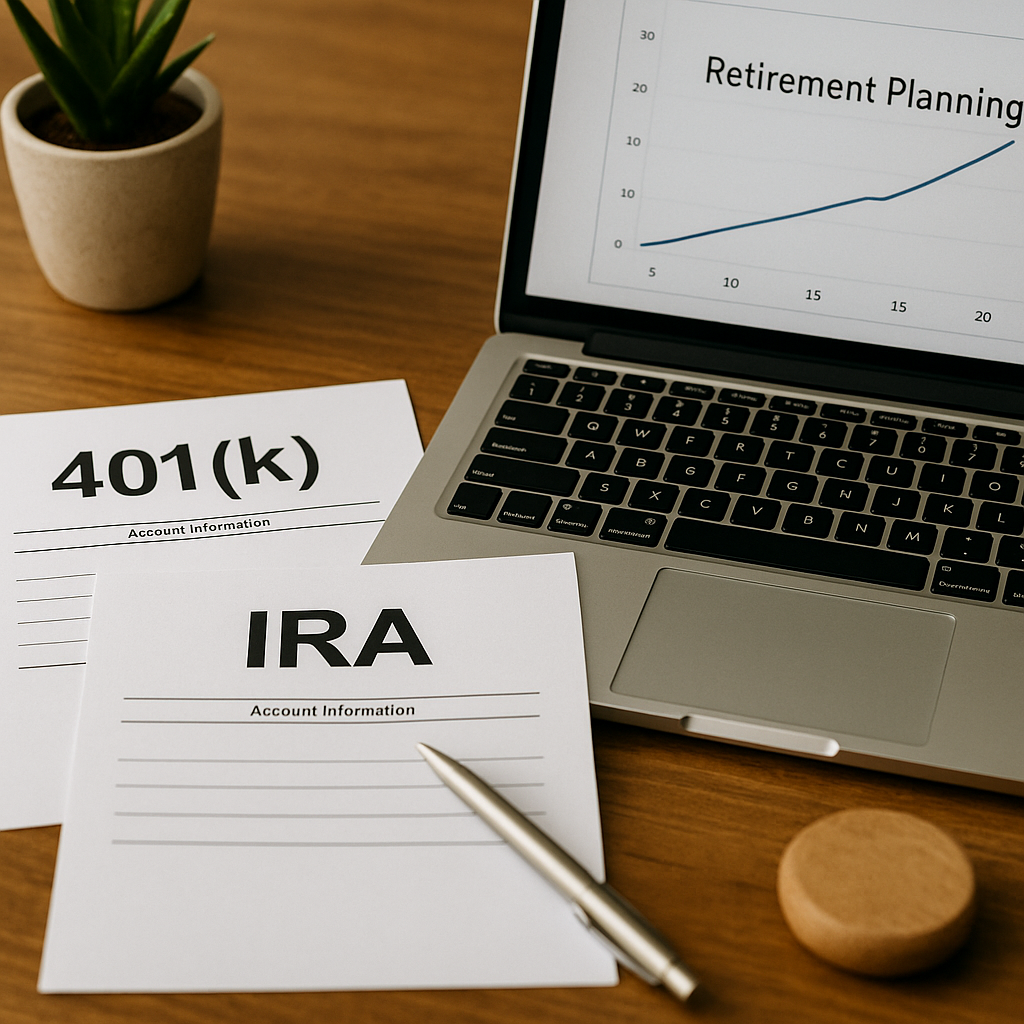Building long-term wealth often hinges on consistency and discipline—but life gets busy. The solution? Automatic investing through smart financial systems that do the heavy lifting for you. By setting up recurring contributions and rebalancing rules, you can automate investments and enjoy true passive wealth building without daily portfolio monitoring. Here’s how to create a “set it and forget it” strategy that keeps your money working while you focus on living.
Why Automate Your Investing?
Consistency Beats Timing
Market timing is a fool’s errand. Even seasoned investors struggle to buy at the bottom or sell at the peak. Instead, setting up recurring transfers—weekly, biweekly, or monthly—ensures you invest steadily, harnessing dollar‑cost averaging to smooth out market volatility.
Reduce Emotional Decisions
When trades happen automatically, you remove the temptation to panic‑sell during downturns or chase hot stocks in euphoric rallies. Automated systems enforce discipline, aligning your actions with long‑term goals rather than fleeting emotions.
Step 1: Choose Your Investment Vehicles
Index Funds and ETFs
Low‑cost index funds or exchange‑traded funds (ETFs) are ideal for automatic investing. They offer broad diversification—stocks, bonds, or mixed allocations—at expense ratios often below 0.10%. Popular choices include an S&P 500 index fund for equities and a total bond market ETF for fixed income.
Target‑Date Funds
For a truly hands‑off option, consider target‑date funds. You pick a retirement year (e.g., 2050), and the fund automatically adjusts its asset mix over time, becoming more conservative as you approach your target date.
Step 2: Set Up Recurring Contributions
Link Your Bank Account
Most brokerages and robo‑advisors allow you to link a checking or savings account. Schedule automatic transfers aligned with your pay cycle—this enforces the “pay yourself first” principle.
Determine Your Allocation
Decide how much to allocate to each fund or account. For example:
- 60% S&P 500 index fund
- 30% Total bond market fund
- 10% International equities fund
These percentages reflect your risk tolerance and time horizon. Robo‑advisors can handle allocation automatically if you prefer minimum setup.
Step 3: Automate Portfolio Maintenance
Rebalancing Rules
Market fluctuations can drift your allocation away from your target. Automate rebalances quarterly or when any asset class deviates by more than 5% from its target. Many platforms offer auto‑rebalancing options—simply enable this feature in your account settings.
Dividend Reinvestment
Enable Dividend Reinvestment Plans (DRIPs) so that any dividends or interest payments buy additional shares automatically. This reinvestment accelerates passive wealth building through compounding.
Step 4: Leverage Tax‑Advantaged Accounts
401(k) and IRA Automation
Max out employer‑sponsored retirement plans first—your contributions can be set as a percentage of your paycheck, hitting tax‑deferred accounts before you ever see the money. Then automate monthly deposits into an IRA or Roth IRA for additional tax benefits.
Taxable Brokerage Accounts
After funding retirement vehicles, use a taxable brokerage account with automated transfers. While dividends and capital gains are taxable, the flexibility and lack of contribution limits make it a valuable piece of your financial systems puzzle.
Tips for Sustainable Automation
Start Small and Scale Up
If you’re new to automate investments, begin with 5–10% of your income. Gradually increase by 1–2% each year or with every raise until you reach 15–20% or more, depending on your goals.
Monitor Annually
While true “set it and forget it” works, schedule an annual check‑in. Review performance, update beneficiaries, and adjust allocations for major life changes—marriage, children, career shifts—to keep your passive wealth building plan on track.
Conclusion
By implementing automated contributions, auto‑rebalancing, and dividend reinvestment across the right accounts, you build a robust, hands‑off strategy for passive wealth building. Embrace automatic investing as part of your broader financial systems, and watch your investments grow without day‑to‑day oversight. Set it, forget it, and let disciplined systems guide you toward lasting financial success.









